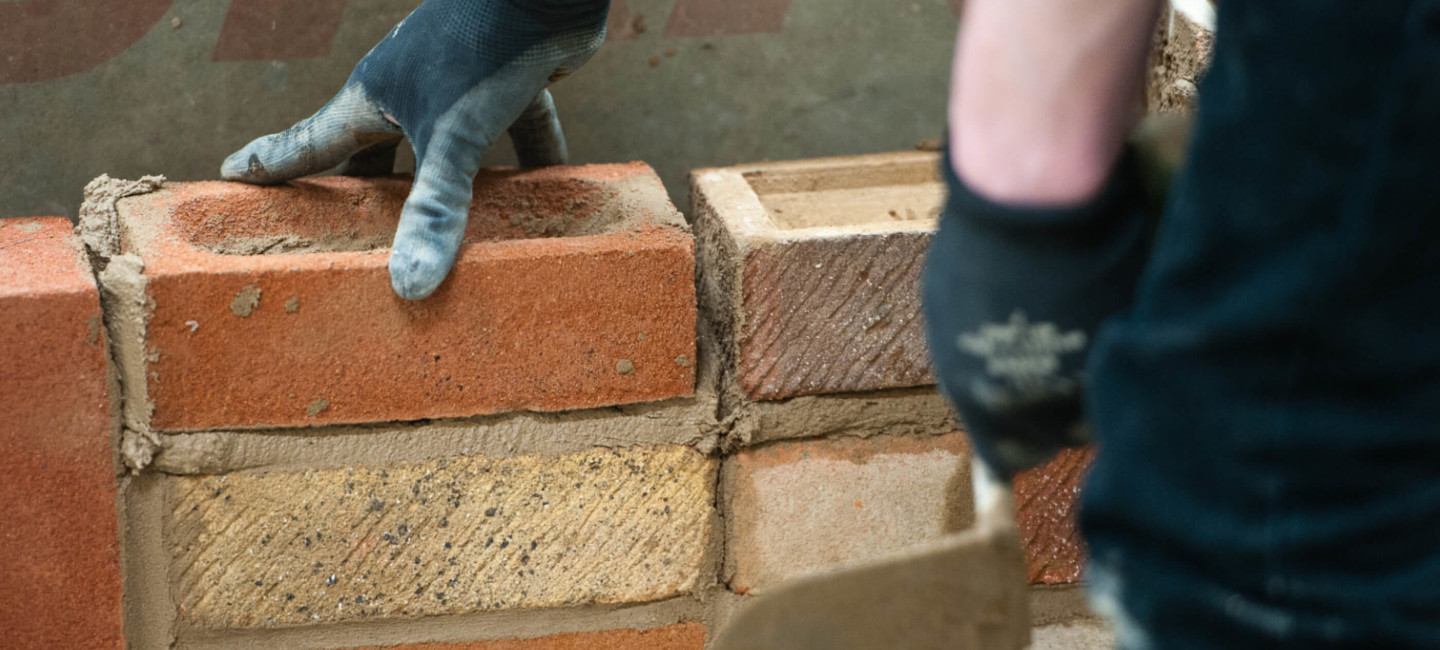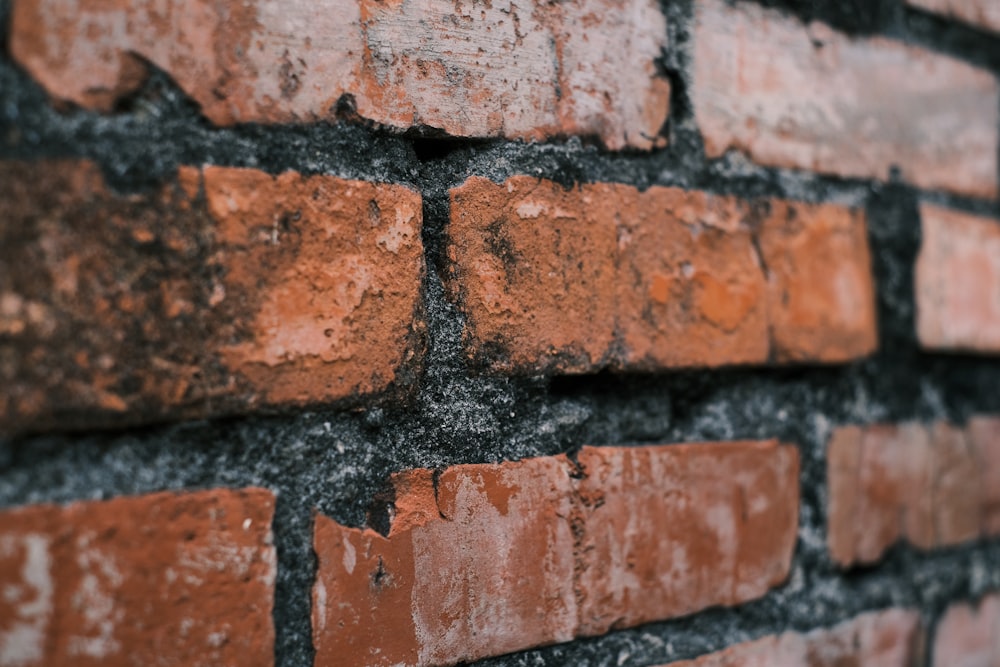The Best Guide To Bricklayer Auckland
Wiki Article
Not known Facts About Bricklayer Auckland
Table of Contents3 Easy Facts About Bricklayer Auckland ShownThe Ultimate Guide To Bricklayer AucklandBricklayer Auckland Can Be Fun For EveryoneExamine This Report about Bricklayer Auckland
If these wall surfaces are planned to be quit at door height (as typically performed in the tiled roof coverings with ceilings), the walls need to not be stopped exactly at top of the door degree and suddenly left at that degree. One layer of bricks ought to be laid over the door structure and throughout the length of the wall surface and after that only the dividers wall surface need to be completed (Bricklayer Auckland).MUST-READ: Kinds of Bonds Used In Block Masonry Wall Building And Their UtilizesExactly how to Safeguard and also Brickwork ought to be safeguarded from rainfall by suitable covering when the mortar is eco-friendly. Ideally treating of brickwork, specifically in cement mortar, is done (as in concrete job) by thoroughly saturating it with water after setup of mortar (preferably after covering it with straw, hessian, gunny bags, etc) for fourteen days.
Where the scaffolding pole hinges on the wall surface, just one header block shall be omitted so that the bond of the wall can quickly be made full as well as best after the scaffolding is eliminated. Such holes will not be enabled in areas such as in pillars or columns (less than one metre in size) lugging heavy loads.
Blocks can be laid as part of the building and construction of walls, foundations, columns and also various other structures. Extremely generally, blocks can be laid as soldiers (standing upright), stretchers (laid lengthwise along the wall surface) or headers (laid width wise along the wall surface). Before starting to lay bricks, it is essential to calculate the number of bricks called for.
Bricklayer Auckland Things To Know Before You Get This
The blocks should be set out at both ends of the structure, with a string line extended in between them to act as a guide when laying the very first training courses of bricks. It is additionally recommended that rule of thumbs are made use of wood boards driven right into the ground at either end with markings to make sure the bricks are laid level. To accomplish staggered upright joints, some blocks may need to be halved. A mark ought to be made on the brick where the cut is to be and also, after putting on strong ground, a sharp impact used a boost sculpt as well as lump hammer. Harsh edges can after that be damaged off.To stay degree, the wall surface ought to be developed up at both ends a training course greater than the one being worked with. This will make it show up tipped at each end. The lower courses are filled out from the ends inward, each end developed up one course higher, and so on.
pillars can sometimes be added part-way along or at the end of a wall surface. Generally, this is a 'mini-wall' that extends out from the main wall surface to develop a column. additional hints A brick ought to be placed side-on throughout of the wall surface at the factor where the columns are to start. The degree ought to be examined after each program is completed. Before the mortar sets it is essential to fill in any openings, before striking (pointing) them to offer a cool as well as clean surface. The brickwork can then be brushed with a soft hand brush to remove any kind of excess mortar. Brick building is one of the longest-lasting as well as most safe ways to develop a framework. There are numerous kinds of construction making use of blocks as well as several items that can be produced - Bricklayer Auckland. Over the centuries, there have actually been numerous building and construction strategies created that promote various frameworks, such as residences, fire places, walls as well as basic walkways or patio areas.
Without a doubt, one of the most typical sort of brick construction is the creation of walled frameworks. Regardless of whether the framework itself is a property-dividing wall or an entire estate constructed of bricks, much thought and also effort enters into each creation. Several houses utilize block construction designs such as the Flemish bond, distinct for its alternating block laying, one-brick thickness as well as superb stamina (Bricklayer Auckland).
4 Simple Techniques For Bricklayer Auckland
A block fireplace is a resource of heat as well as enhances any type of room aesthetically, yet it likewise is one of the most difficult types of building and construction. These frameworks are built within a residence, typically as it is being created.
The thick header bond as well as rat-trap bond are preferred construction design choices when making a fire place. Creating a block sidewalk or block driveway is a popular technique of site link including durable dependability as well as aesthetic appeal to the premises of a home. Bricks are assailed the ground so they can be walked or driven over.

Zig-zagging herringbone bonds as well as the rotating basket weave bonds rate for pathways and also driveways. Similar to a driveway, a block patio provides a level, steady area for exterior lounging. These block building and construction structures usually are additionally installed into the ground and also use bold patterns, such as the basket weave as well as herringbone.

9 Easy Facts About Bricklayer Auckland Shown
From these bricklaying patterns, a limitless number of individualised bonds as well as patterns can be developed. Please note that when we reference headers as well as cots, we are describing the regular block alignments. Composed of cots set in rows and afterwards offset by a fifty percent brick, the cot bond is just one of the most usual and well-used bricklaying patterns.Report this wiki page